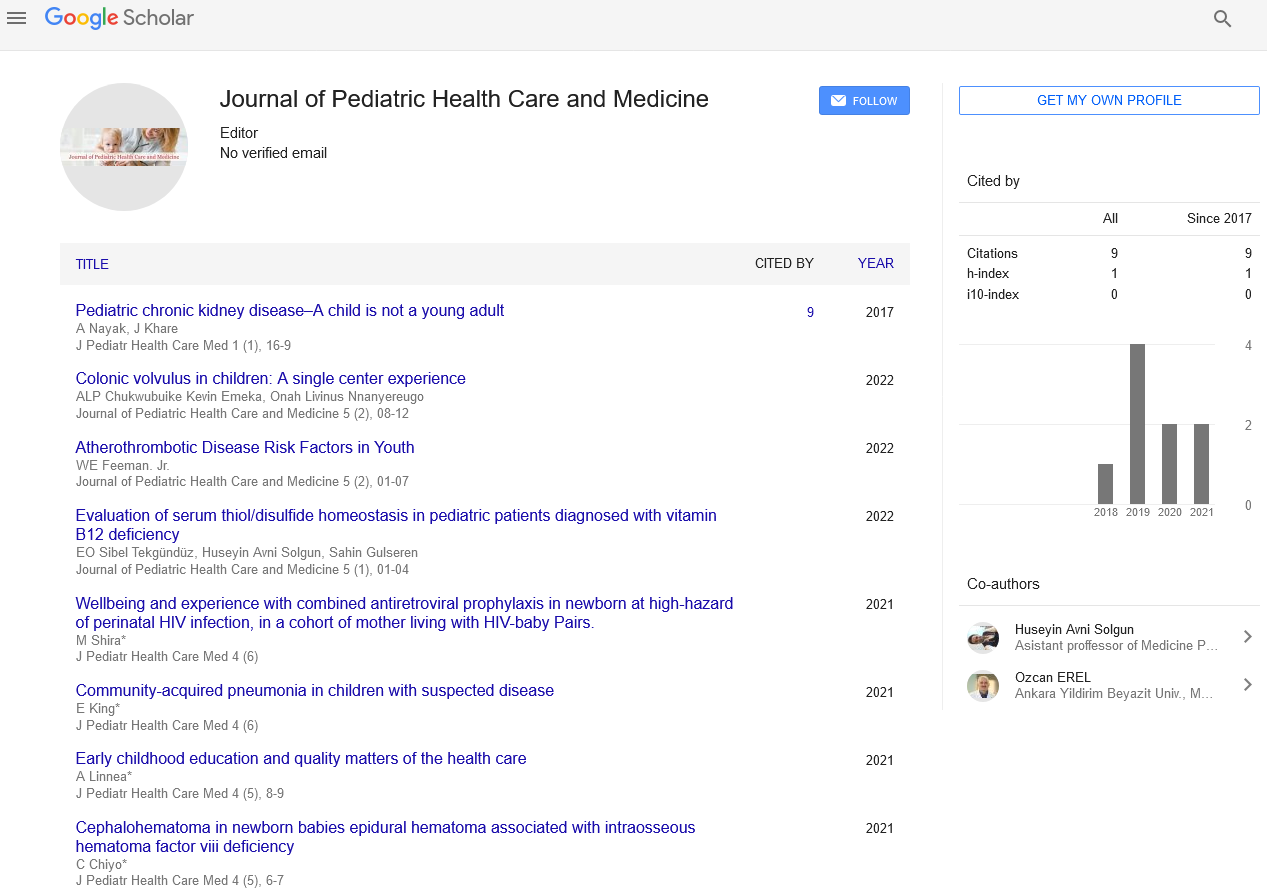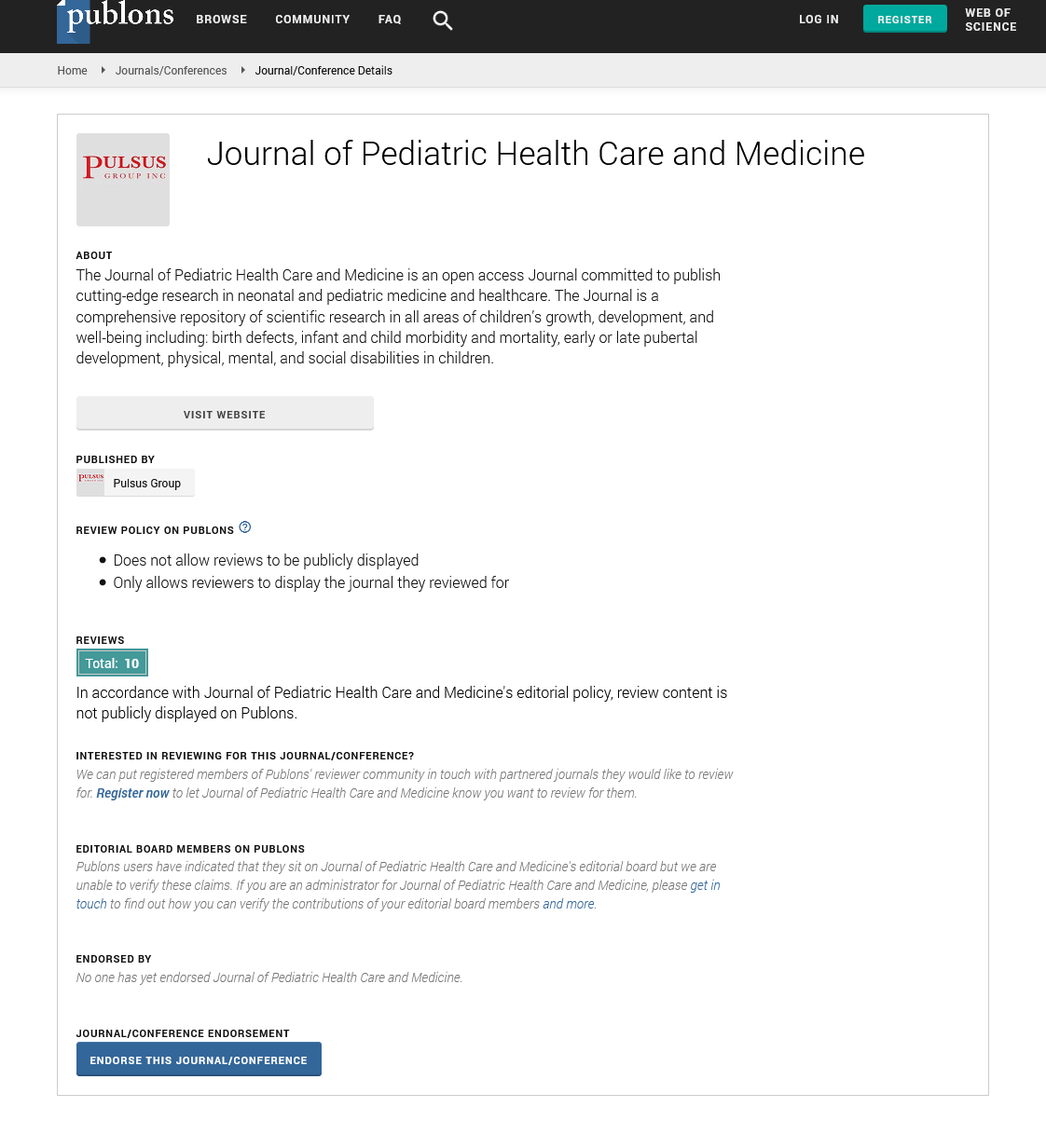
Sign up for email alert when new content gets added: Sign up
Early Endothelial disorders in children with diabetic nephropathy
18th International Conference on Pediatrics and Pediatric Cardiology
February 08-09, 2021 | Webinar
Ievgeniia Burlaka
Bogomolets National Medical University, Ukraine
ScientificTracks Abstracts: jphcm
Abstract :
Background: Vascular endothelial cells play a major role in maintaining cardiovascular homeostasis. In diabetes mellitus type I (T1D) progression of cardio-renal disorders, i.e. arterial hypertension and its complications, diabetic nephropathy (DN), is still the most important side-effect. There are data about the role of Vitamin D in T1D and it’s complications in adults. However, this issue remains to be open in pediatric practice. Aim of the study: To study the levels of Vitamin D, Endothelin-1 in children with T1D and DN and to find out the network of these markers inter-relation. Material and methods: 36 children T1D aged 6 to 17 years hospitalized in Endocrinology unit in Children Clinical Hospital âÂÂ6 (Kyiv, Ukraine) studied. Vitamin D3 levels measured using ELISA assay and commercially available kit (Vitamin D3 (human) ELISA kit (BioVision, USA). Endothelin-1 levels measured using ELISA assay and commercially available Endothelin-1 ELISA kit (Abcam, USA). Results processed using STATISTICA 6.0 and non-parametric statistical method (Mann-Whitney test). Results: In our study normal level, insufficiency and deficiency of the Vitamin D defined as - ≥ 30 ng/mL, 21- 29 ng/mL and ≤ 20 ng/mL, respectively. All patients included into the study during the period September- May. We show that the most prominent Vitamin D3 deficiency detected in the group of patients with diabetic nephropathy (DN). In control group Vitamin D3 was detected at level 35.68 ± 1.56 ng/mL, in patients with T1D – 32.37 ± 5.1 ng/mL, in patients with DN – 19.39 ± 1.76 ng/mL (ÃÂ<0.01 as compared to control group). Analysis of the Vitamin D3 levels and the disease course show negative correlation (R=-0,79, ÃÂ<0,001).In all children with T1D and DN increased level of ET-1 measured. Conclusion: Our data show the prominent deficiency of Vitamin D in T1D patients and patients with DN, increased ET-1 level. We hypothesize that Vitamin D deficiency is a result of toxic effect of glucose. Increased ET-1 in all patients is a sign of early microvascular changes and resistant vessels damage leading to DN progression and arterial hypertension. All mentioned above changes accompanied by reduced O2-Hb dissociation as a result of increased level of HbA1C and may be a reason of cellular hypoxia.
Biography :
Ievgeniia Burlaka, Bogomolets National Medical University Department of Pediatrics, Kyiv, Ukraine.





